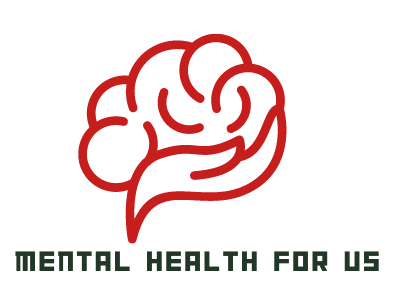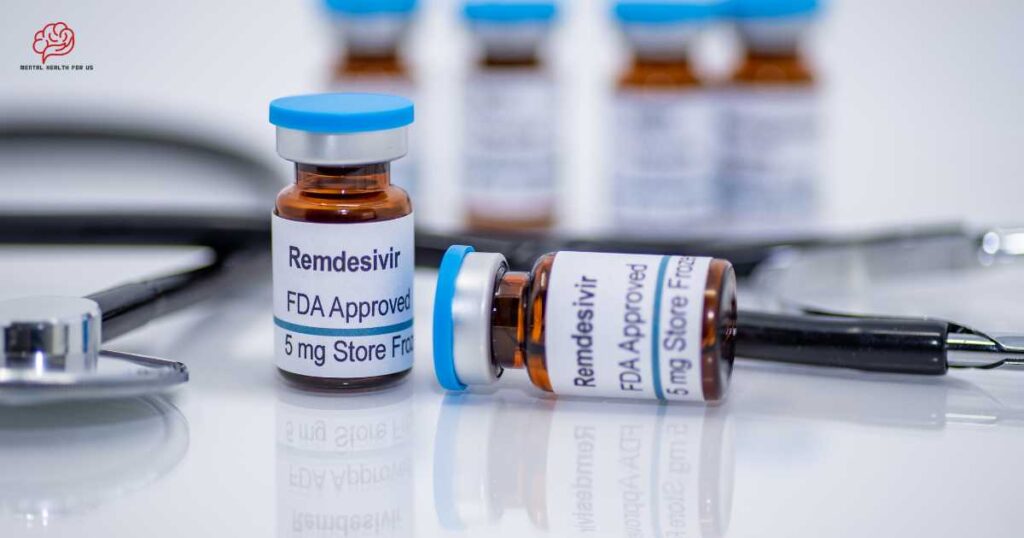Introduction
Is TMS FDA Approved for PTSD? Post-traumatic stress disorder (PTSD) can cause intrusive memories, nightmares, and hyperarousal, making daily life difficult. Traditional PTSD treatments like medication and therapy may not always work. Transcranial magnetic stimulation (TMS) therapy gives PTSD sufferers many benefits. TMS regulates abnormal brain activity and improves symptoms by stimulating these regions. TMS therapy does not require anesthesia or sedation, so patients can resume their daily routines after each session. TMS therapy, like any medical procedure, has risks. Mild scalp discomfort or headache are rare side effects.
TMS Therapy For Post-Traumatic Stress Disorder (PTSD)
TMS therapy, also known as transcranial magnetic stimulation therapy, may help treat PTSD. Traumatic events can cause this mental health disorder, which can affect an individual’s well-being and daily life. Traditional treatments may not always work, but TMS therapy is non-invasive and effective. Since FDA approval for major depressive disorder and obsessive-compulsive disorder, TMS therapy has proven effective and safe. TMS therapy regulates abnormal brain activity and relieves PTSD symptoms by targeting specific brain regions. However, This article will discuss TMS therapy for PTSD, its FDA approval, benefits, and risks, providing insight into this innovative treatment option for trauma survivors.
Is TMS FDA-approved for PTSD?
TMS is well-regarded for treating mental health disorders. TMS for PTSD—is it FDA-approved? PTSD treatment with TMS is not FDA-approved.
To ensure safety and efficacy then TMS therapy must undergo extensive testing before FDA approval. TMS is FDA-approved for major depression and obsessive-compulsive disorder. TMS can used off-label for other mental health conditions, including PTSD.
PTSD patients who have not responded to traditional treatments can still receive TMS therapy from healthcare providers and TMS clinics. No FDA guidelines exist for TMS in PTSD treatment, but growing clinical evidence suggests it may reduce symptoms and improve quality of life.
Note that insurance companies may have different TMS may coverage criteria for PTSD. Therefore, check with healthcare and insurance providers about PTSD TMS therapy availability and coverage.
TMS is not FDA-approved for PTSD. But it is effective for those who have not responded to traditional therapies. Future research and clinical studies may lead to FDA approval of TMS for PTSD.
History of PTSD and TMS Treatment
PTSD was first classified and studied in the 1980s, despite its evolution. TMS treatments stimulate neural activity and mood by sending magnetic pulses to specific brain regions.
The FDA approved TMS for major depression in 2008. Later, in 2018, it was approved to treat OCD. TMS was approved after extensive research and clinical trials showed its safety and efficacy in these conditions.
TMS has not FDA-approved for PTSD, but it is a promising alternative for patients who have not responded to conventional treatments.
TMS may help PTSD sufferers reduce symptoms and improve their quality of life.
TMS may become more common in PTSD treatment as research advances. Its non-invasive, well-tolerated treatment potential gives PTSD sufferers hope.
Clinical Evidence for Using TMS to Treat PTSD
In recent years, TMS has gained popularity as a treatment for mental health conditions like PTSD. TMS has not FDA-approved for PTSD, but clinical evidence is growing. Numerous studies have shown that TMS therapy can significantly reduce PTSD symptoms and improve quality of life. TMS has also been shown to target and modulate PTSD-related brain regions, reducing hyperarousal, anxiety, and depression. TMS appears an effective and well-tolerated treatment for PTSD. But more research is needed to determine its long-term effects and optimal protocols.
Studies on the Effects of TMS in Treating PTSD Symptoms
TMS shows promise for PTSD treatment. Several studies have examined its efficacy in relieving this mental health condition’s distressing symptoms.
These studies consistently yield positive results. A systematic review in the Journal of Traumatic Stress found that TMS therapy reduced PTSD symptoms and improved clinical outcomes. Another Journal of Affective Disorders study found that TMS treatment reduced depressive symptoms and improved cognitive processing in PTSD patients.
Studies with small to large cohorts of military veterans and other PTSD patients used different methods. Some studies used a standard TMS protocol, while others examined different intensities and durations.
These studies show that TMS therapy reduces PTSD symptoms. TMS is non-invasive, safe, and well-tolerated for treatment-resistant patients. It targets PTSD-related brain regions and may improve daily functioning and quality of life.
In summary, TMS therapy is an effective PTSD treatment, according to growing research. TMS therapy may help PTSD sufferers and improve their health.
Benefits and Risks of Transcranial Magnetic Stimulation (TMS) Therapy for PTSD Patients
TMS therapy gives PTSD sufferers many benefits. This non-invasive treatment reduces PTSD symptoms and improves well-being.
TMS therapy reduces depression and anxiety. TMS treatment has consistently reduced depressive symptoms and improved cognitive processing in PTSD patients. Patients with this mental health disorder can improve their daily functioning and quality of life.
Non-invasive and non-systemic TMS therapy is another benefit. TMS does not involve drugs and does not cause systemic side effects. This makes it a safe and well-tolerated option for those resistant to traditional treatments or concerned about medication side effects.
Insurance coverage for TMS therapy varies, so check with providers. But TMS therapy is becoming a popular treatment for psychiatric disorders like PTSD, and many insurance companies cover it.
TMS is generally safe, but it has risks. Some patients may experience mild side effects like headaches or scalp pain during or after treatment. These side effects usually happen temporarily and are bearable.
TMS reduces depressive symptoms and is non-invasive, making it beneficial for PTSD patients. TMS therapy may covered by insurance and improves PTSD patients’ well-being and quality of life.
Conclusion
This article review TMS FDA-approved for PTSD. Its concluded that TMS not FDA-approved for PTSD. But it is effective for those who have not responded to traditional therapies. Future research and clinical studies may lead to FDA approval of TMS for PTSD. Studies show that TMS therapy reduces PTSD symptoms. TMS is non-invasive, safe, and well-tolerated for treatment-resistant patients. It targets PTSD-related brain regions and may improve daily functioning and quality of life. More research needed to determine its long-term effects and optimal protocols.
FAQs
What is the FDA-approved treatment for PTSD?
FDA approved several PTSD medications and psychotherapies. Commonly approved treatments include FDA-approved SSRIs for PTSD i.e., Sertraline (Zoloft) and paroxetine (Paxil); Prazosin, EMDR, and CBT.
What happens to the brain after PTSD?
PTSD can alter brain function. Memory, emotion regulation, and stress response may affected by these changes in the amygdala, hippocampus, and prefrontal cortex. Serotonin and norepinephrine imbalances may occur. These brain changes cause and maintain PTSD symptoms like anxiety, flashbacks, and hypervigilance.
Is there a permanent treatment for PTSD?
Many PTSD sufferers can find permanent relief and quality of life with proper treatment. Some PTSD sufferers’ symptoms may return during stress. Therapy, medication, and support can manage symptoms and improve functioning, but not everyone will recover. A personalized treatment plan may include psychotherapy, medication, and lifestyle changes. The best results require early intervention and consistent management.







